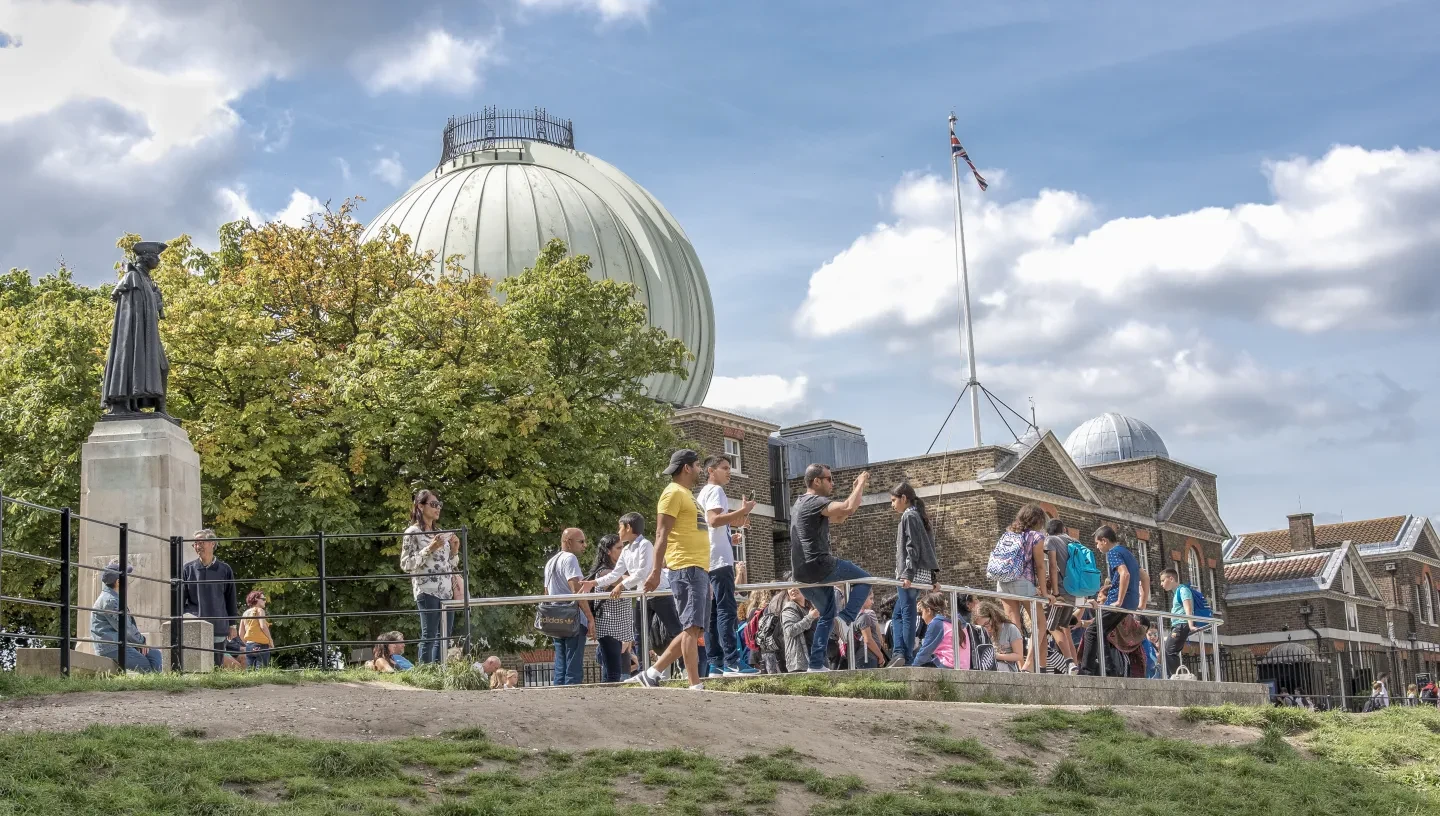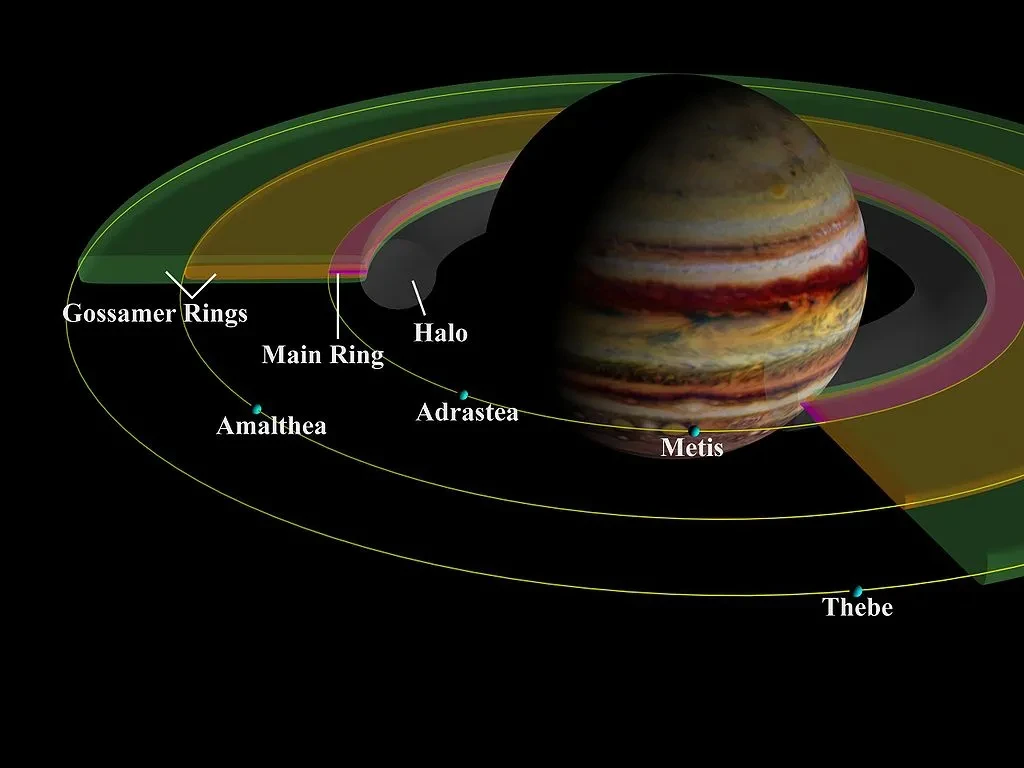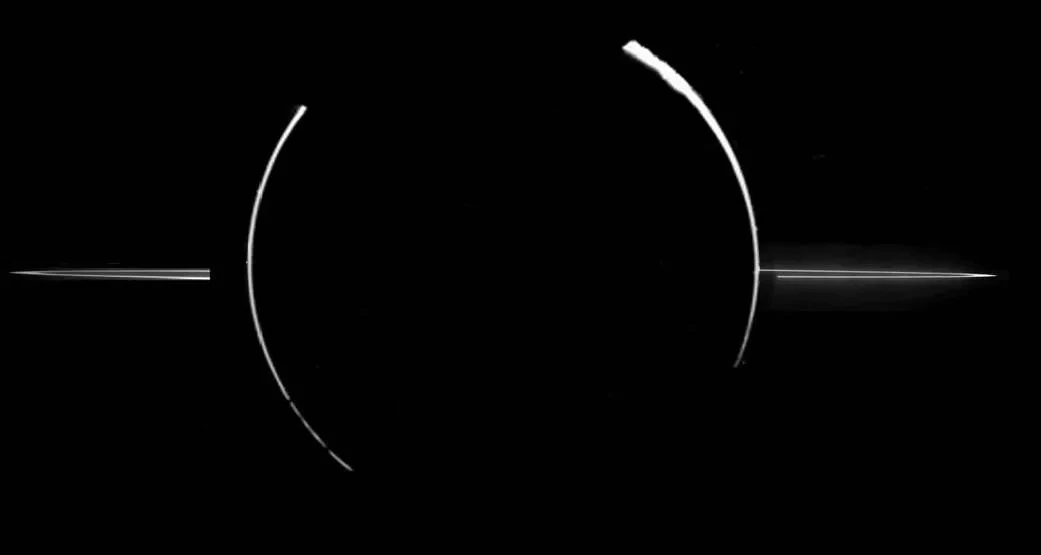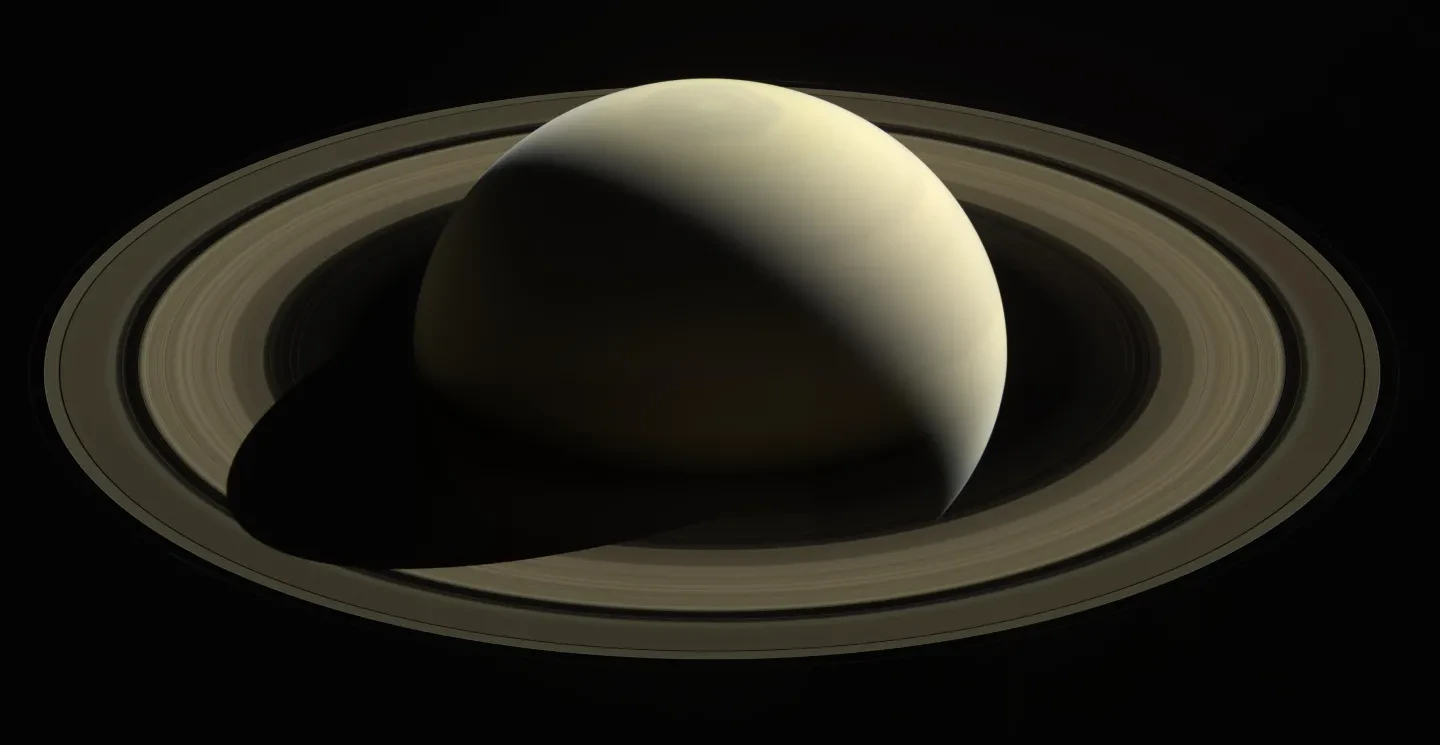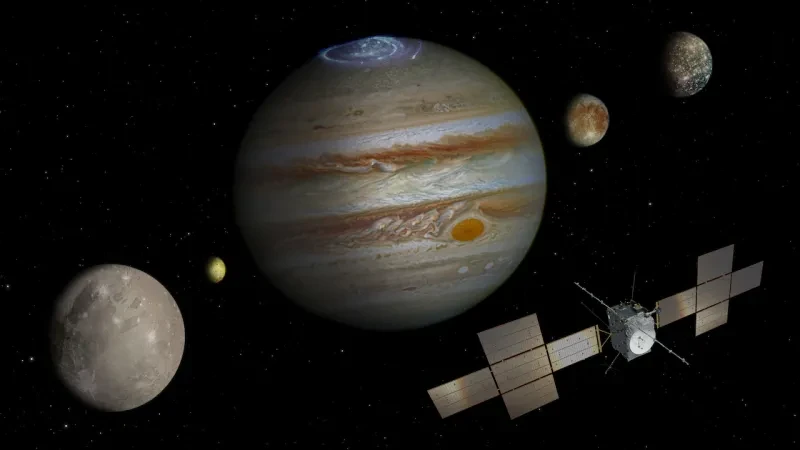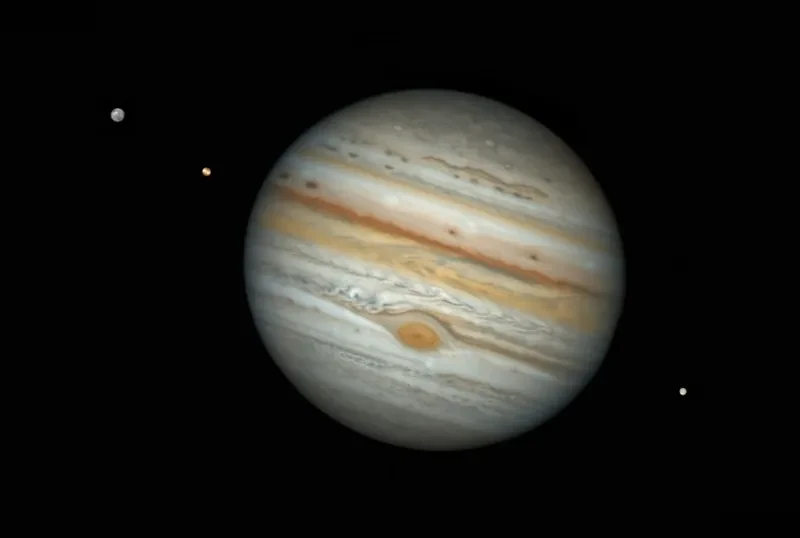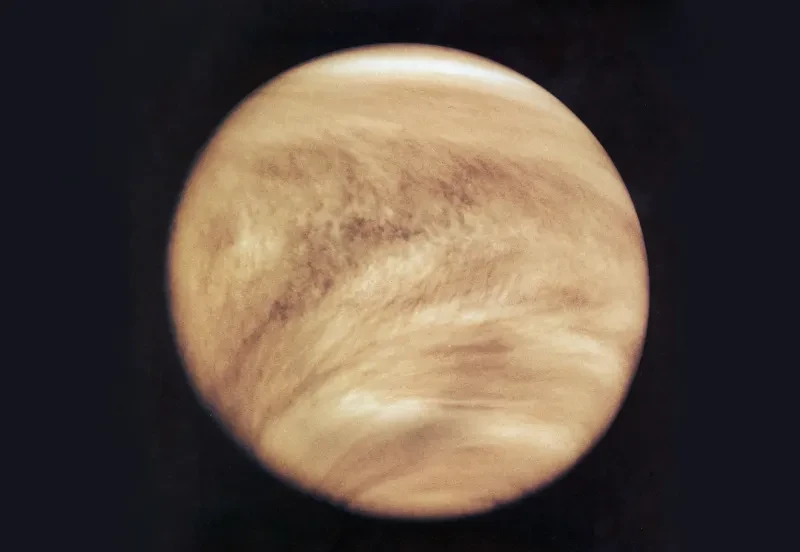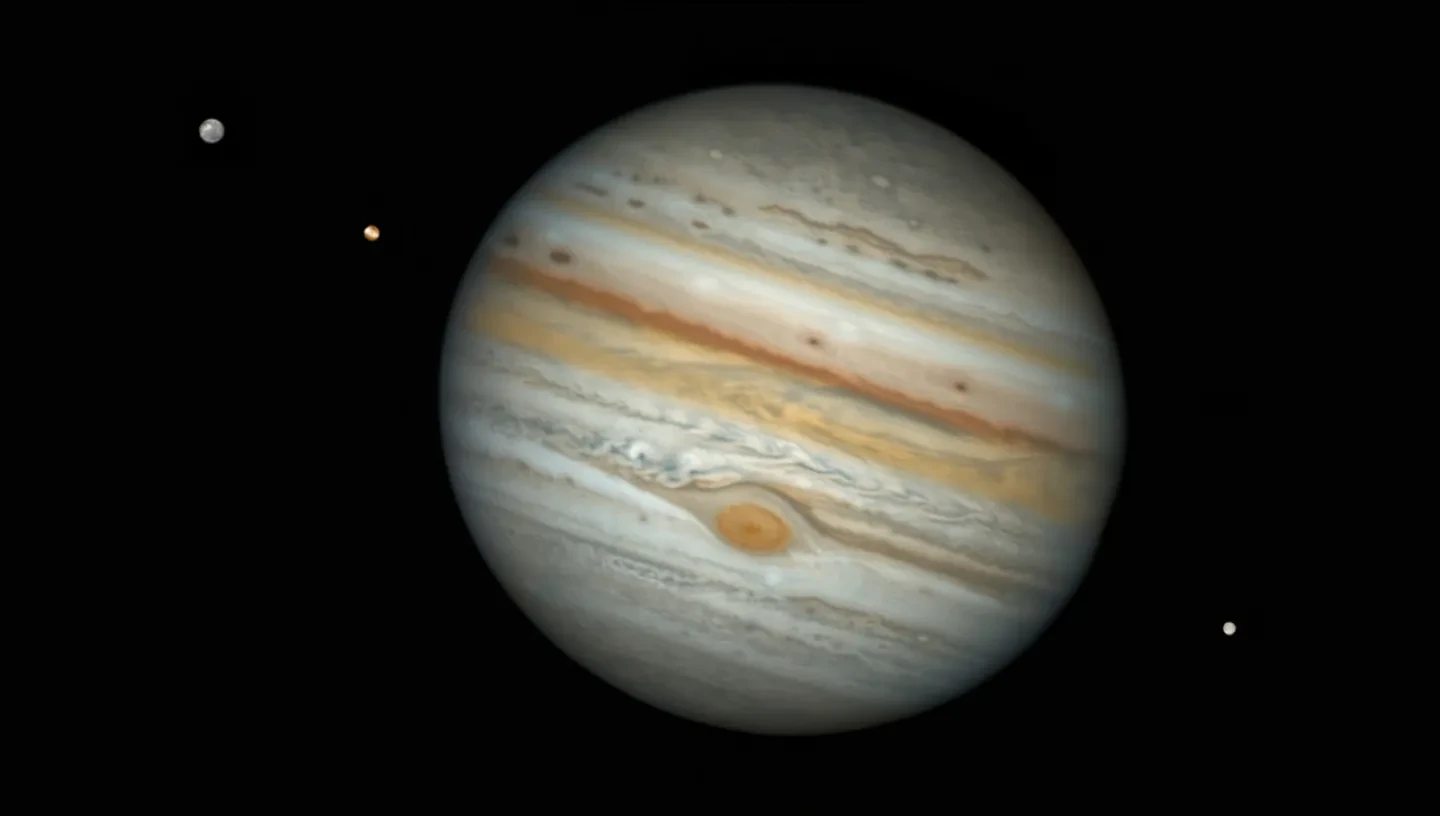
Does Jupiter have rings?
The beauty of Saturn’s rings have resulted in the planet being nicknamed the Jewel of the Solar System. However, all of the gas giants have systems of rings around them, including the king of the planets, Jupiter.
Jupiter's rings
-
Halo — This is a faint, wide doughnut-shaped ring, and the closest to Jupiter.
-
The Main ring — Extending out of the halo ring is the Main ring. The two small moons Adrastea and Metis orbit here within the main ring and are thought to be the source of dust of this ring.
-
Gossamer rings — These are very faint and wide composed of microscopic debris from the moons Amalthea and Thebe. The Gossamer rings extend beyond the orbit of the moon Amalthea.
Why does Jupiter have rings?
It is not entirely clear how ring systems form in general. Jupiter’s faint rings are likely from meteor bombardment of its moons, sending material into space. However, other stronger ring systems have numerous plausible origins. It’s possible they come from material leftover from the formation of our solar system, captured by the planets. Alternatively they could be broken up pieces of the gas giant’s moons, perhaps resulting from a catastrophic collision or being torn apart by the gravity of the planet itself.
What are planetary rings made from?
The rings of Saturn may look solid, but all planetary rings are in fact made of a vast collection of pieces of rock, ice and dust. The quantity of each material helps determine how visible the rings are.
Saturn’s rings, containing vast quantities of highly reflective ice, are clearly visible. Uranus’s rings also have a fair amount of ice, though are rather weaker and darker. Jupiter and Neptune however have rings made primarily of dust. As this is a far poorer reflector of light, their rings are far harder to see, also making them the last two major planetary ring systems to be discovered in this solar system.
The faint rings of Jupiter are likely the result of minor meteor strikes on the many moons of Jupiter. Image taken by the Galileo space probe.
Are they really rings?
Not only are the rings not solid circles of material, their complex structure is also somewhat misleading. In reality, rather than a vast set of concentric rings, planetary ring systems are effectively a single cloud of material, shaped a bit like a CD. The complex structures and rings are variations in how dense that cloud is.
The rings are in part held in shape by the presence of shepherd moons, small moons that orbit within or close to the edge of a specific part of the ring. Their influence helps pull the rings into shape, creating some of the complex patterns we see.
Because the system is in reality one cloud, it is difficult to say how many rings any particular system has, made all the more difficult as more and more sensitive images can show even fainter features. Jupiter has only a couple of well defined rings with faint ‘gossamer’ rings surrounding them. Saturn on the other hand has dozens of distinct rings of varying thickness, density and composition.
Saturn’s beautiful rings have been known since the time of Galileo and are a favourite target for astrophotographers around the world.
Rings around other bodies
While the most obvious rings in this solar system are around the gas giants, some smaller bodies appear to have rings too. The minor planets 10199 Chariklo and 2060 Chiron both appear to have a pair of rings each, while the dwarf planet Haumea has also had a ring system confirmed. None of the inner planets currently have rings, but Mars will most likely gain one following the disruption of its moon, Phobos, in a few tens of millions of years.
So far, no ring systems have been confirmed around planets outside our solar system. However, given how common they are in our solar system, it seems probable that they frequently exist in others too and so the first exoplanet ring systems may well be discovered soon.
| Where can you find rings in the Solar System? | |
| Planets | Smaller bodies |
|
Jupiter Saturn Neptune Uranus |
10199 Chariklo 2060 Chiron Haumea |
How can you see Jupiter's rings?
For those wishing to see the rings for themselves, your best bet is most definitely Saturn as a modest telescope will be able to see them. Unfortunately, they are typically too small to see with a pair of binoculars and are certainly invisible to the naked eye.
With Jupiter approaching opposition to the Sun on the 9th May, and remaining visible to the UK throughout much of the summer, you might be tempted to try and see those rings too. However, the rings are far too faint to be seen easily from Earth. In fact they were only discovered in 1979 during the flyby of Voyager 1. Nonetheless Jupiter is a great sight to see with a pair of binoculars or a small telescope, when it may be possible to see one or more of its larger moons.
